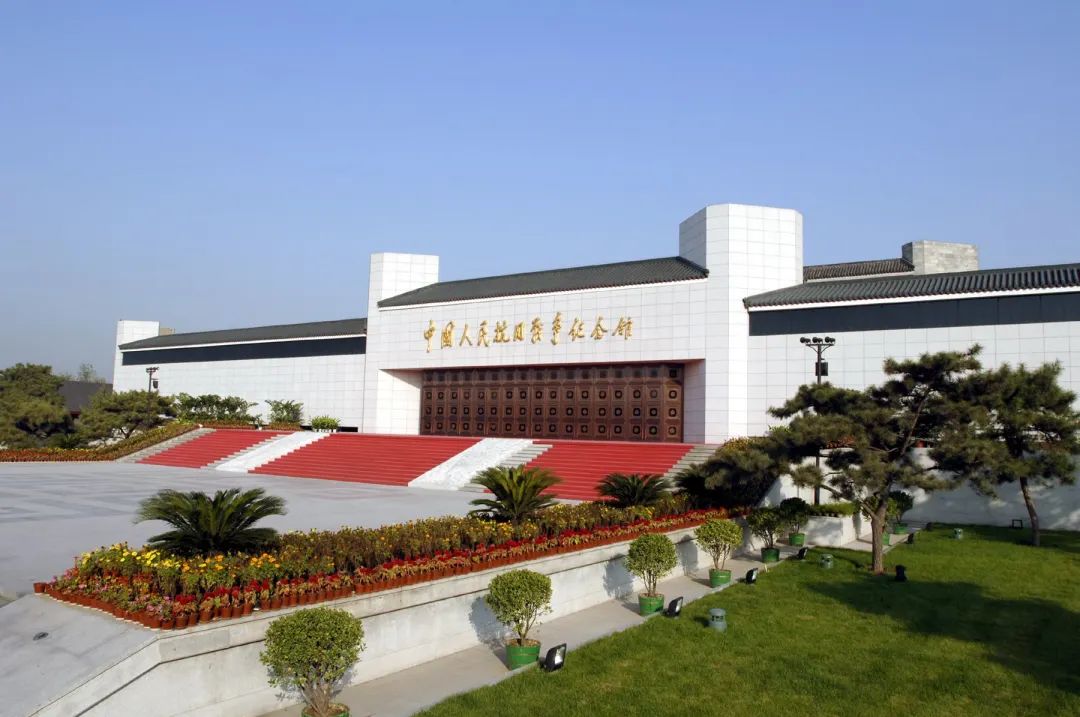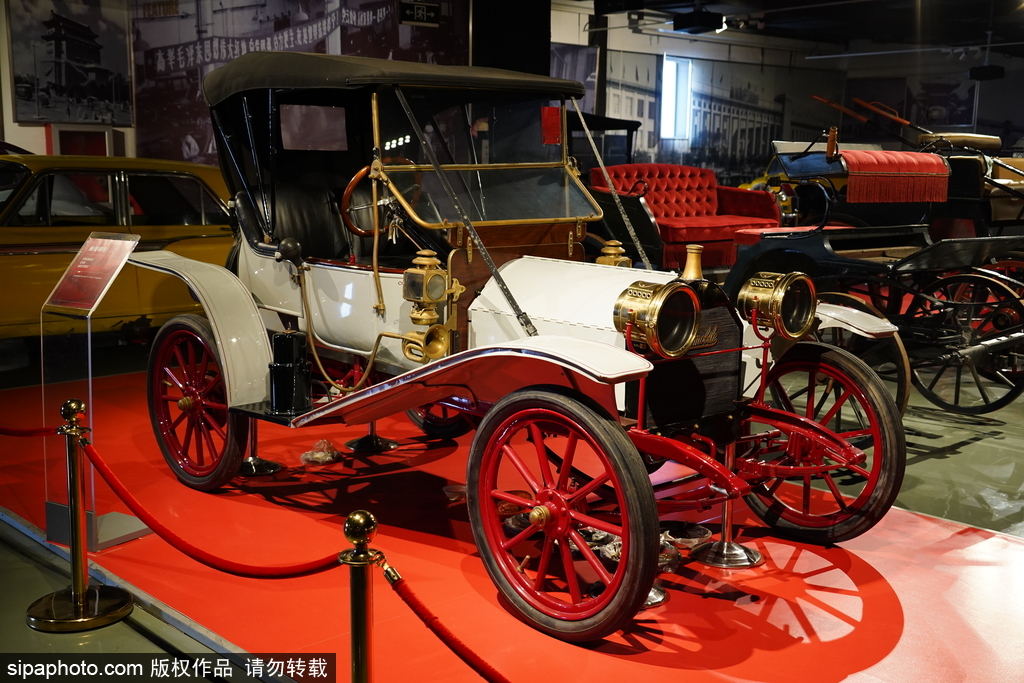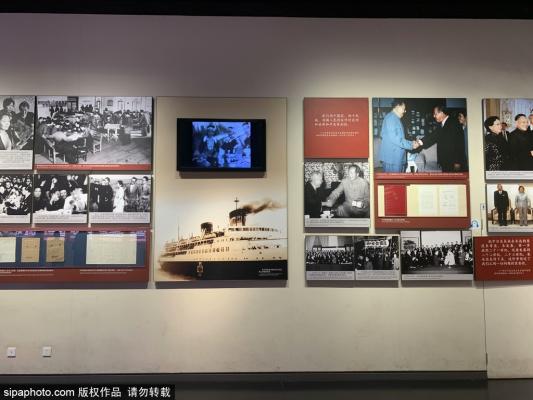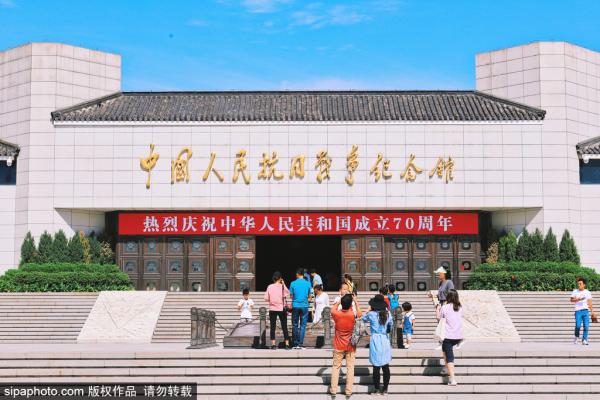Museum of the War of Chinese People's Resistance against Japanese Aggression (中国人民抗日战争纪念馆)

-
Tel:
(010)63777088,(010)63777188
Description
Museum of the War of Chinese People's Resistance against Japanese Aggression (中国人民抗日战争纪念馆)
The Museum of the War of Chinese People's Resistance against Japanese Aggression is the only large-scale comprehensive thematic memorial hall in the country that fully reflects the history of the Chinese people's great war of resistance against Japanese aggression. The museum has a large collection of historical relics, mainly consisting of various historical documents and related objects from the period of the War of Resistance against Japan from 1931 to 1945. It also collects various cultural...
Read MoreMuseum of the War of Chinese People's Resistance against Japanese Aggression (中国人民抗日战争纪念馆)
The Museum of the War of Chinese People's Resistance against Japanese Aggression is the only large-scale comprehensive thematic memorial hall in the country that fully reflects the history of the Chinese people's great war of resistance against Japanese aggression. The museum has a large collection of historical relics, mainly consisting of various historical documents and related objects from the period of the War of Resistance against Japan from 1931 to 1945. It also collects various cultural relics related to Japan's invasion and occupation of Taiwan since 1874, covering many historical aspects such as military, political, economic, cultural, and social. As of now, the museum has collected more than 30,000 pieces (sets) of various cultural relics, including more than 100 pieces (sets) of first-class cultural relics.
Gallery
Latest News
Explore

Beijing Classic Car Museum
Located in Yangsong Town, Huairou District, the Beijing Classic Car Museum features an antique architecture and is China’s first museum dedicated to classic cars. With a collection of nearly a hundred vintage cars displayed in an elegant manner, it resembles a palace of automotive culture. The exhibits showcase the rich history of China’s automobile manufacturing industry and the century-long development of the global automotive industry.
Nanhaizi Imperial Garden Museum
The Nanhaizi Imperial Garden Museum is located within the Relics of the Tuanhe Temporary Palace. The museum was built on the former site of the Ministry of Defense, showcasing the cultural heritage of the Nanhaizi Imperial Garden in Beijing.
In ancient times, the place was not only a hunting ground, but also the center of governance and administration. It also served as a hub for water management, military affairs, and food supply.
China Customs Museum
The historical relics from customs bear witness to the development of China's customs history. Examples include roof tiles engraved with the character "关" (customs) and a wooden plaque inscribed with "津海新关" (Tianjin-Haiyang New Customs), written by Li Hongzhang.

